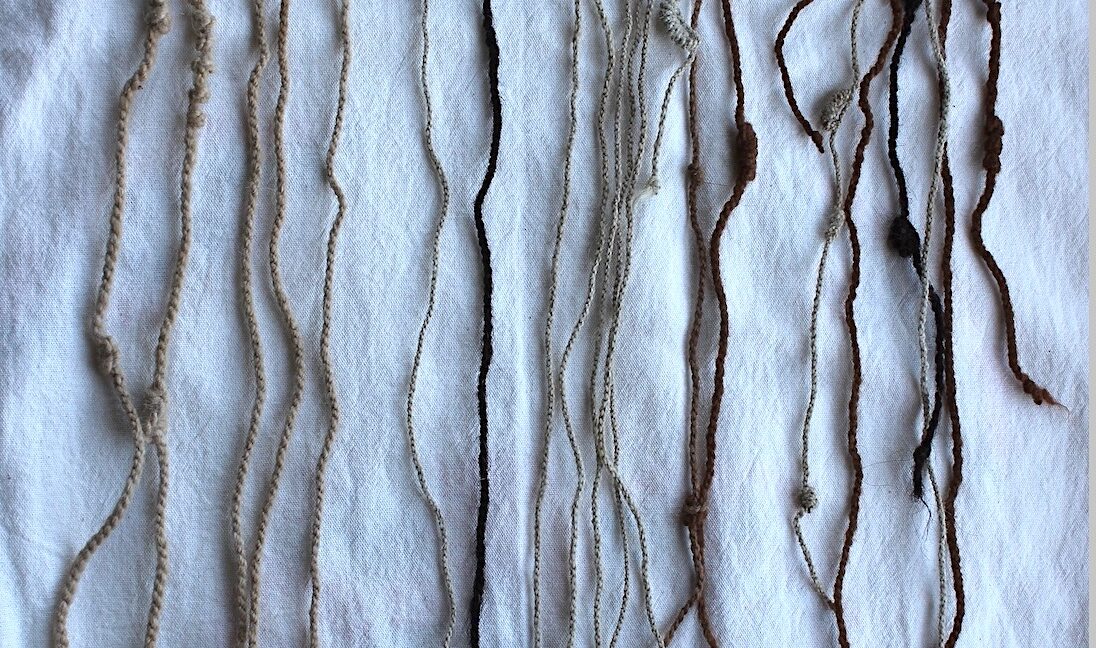
"In the late 1500s, an Indigenous chronicler described how older women used khipu to 'keep track of everything' in aqllawasai, places for Inca girls' education."
"Girls trained in aqllawasai faced varied futures, from marrying Inca nobles to becoming priestesses, while some maintained their khipu knowledge."
"Hyland suggests women's roles were pivotal in spreading khipu literacy, indicating it likely originated from their education in aqllawasai."
"The discovery that a commoner crafted khipu shows that numeracy was widespread in the Inca empire, indicating a legacy that persists in modern times."
In the late 1500s, women in aqllawasai used khipu for record-keeping. These schools prepared girls for marriage, priesthood, or sacrifices, with some returning home. This transmission of khipu knowledge likely occurred through these women passing skills to their children. The appearance of khipu crafted by commoners indicates that numeracy was common in the Inca civilization, suggesting a direct lineage to modern instances of khipu use seen in Peru and Chile today, which some scholars mistakenly believe lack historical authenticity.
Read at Ars Technica
Unable to calculate read time
Collection
[
|
...
]